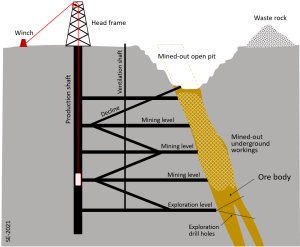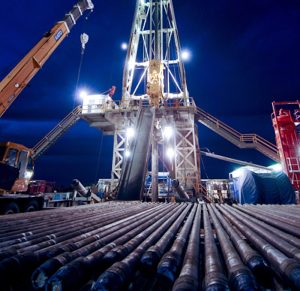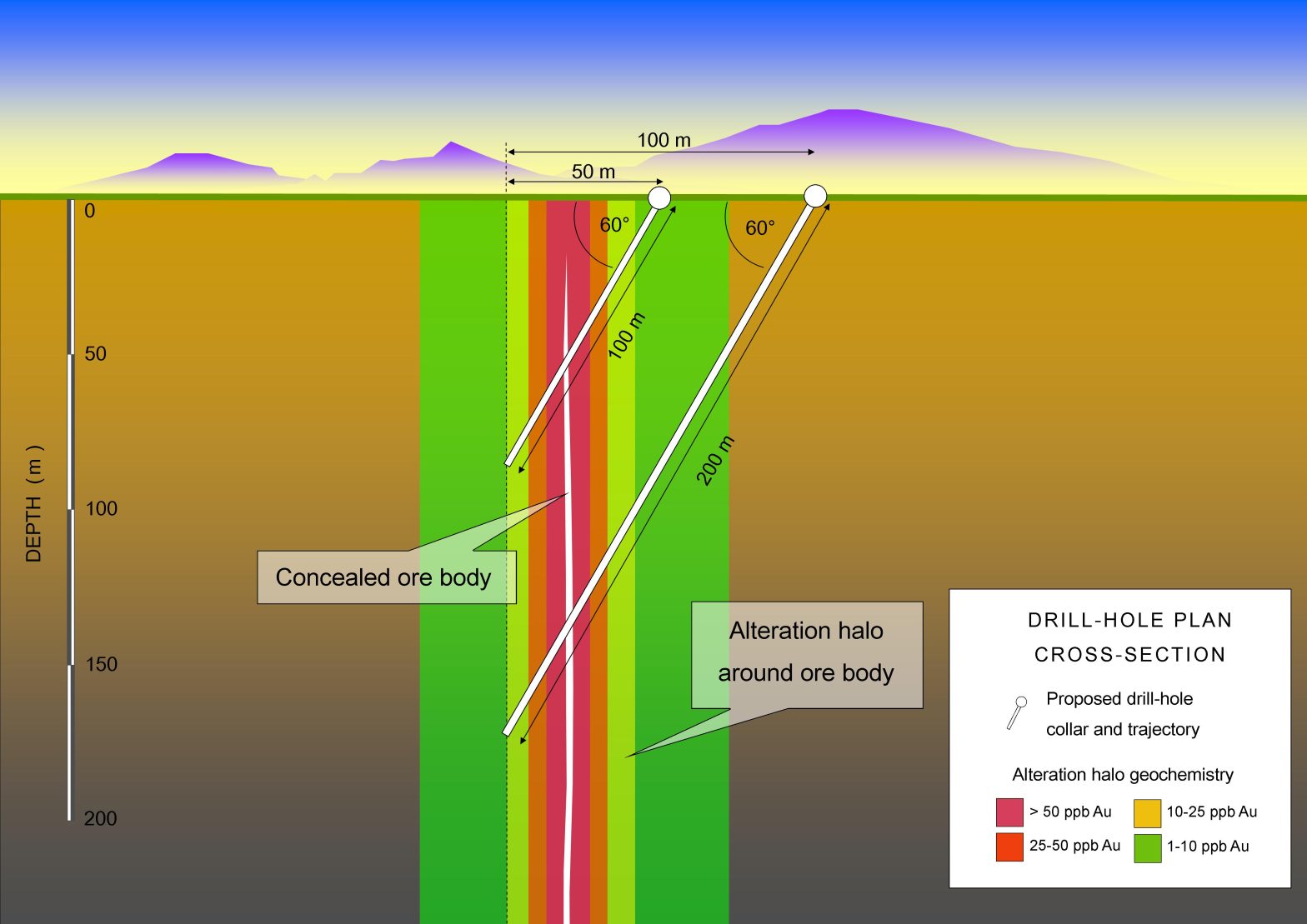Unveiling the Depths: A Comprehensive Exploration Below Ground
When we think of exploration, our minds often drift to the vast expanses of outer space or the depths of the ocean. However, there’s another realm of exploration that lies beneath our feet – the world beneath the ground. Drilling depths delve into this mysterious subterranean world, unlocking valuable resources, uncovering ancient secrets, and pushing the boundaries of human knowledge. Drilling Depths: Exploring Below Ground
The Science of Drilling
Before we can embark on our journey into the depths, it’s crucial to understand the science behind drilling. Drilling is a process of creating holes or shafts in the ground for various purposes, including extracting natural resources, conducting scientific research, and constructing infrastructure.

Drilling techniques vary depending on the geological composition of the area and the objectives of the project. Common methods include rotary drilling, which uses a rotating drill bit to penetrate the ground, and percussion drilling, which employs repeated hammering to break through rock formations.
Exploring Subsurface Resources
One of the primary motivations for drilling depths is the extraction of subsurface resources. From petroleum and natural gas to minerals and groundwater, the Earth’s crust harbors a treasure trove of valuable commodities.
Oil drilling, for example, involves penetrating deep into the Earth’s crust to access underground reservoirs of crude oil. Advanced drilling technologies, such as directional drilling and hydraulic fracturing, have revolutionized the oil and gas industry, allowing access to previously inaccessible reserves.
Similarly, mining operations utilize drilling to access valuable minerals and ores buried beneath the surface. Whether it’s coal, copper, or gold, drilling plays a pivotal role in extracting these precious resources, driving economic growth and industrial development.
Unlocking Geological Mysteries
Besides resource extraction, drilling depths also facilitate scientific exploration and research. Geologists use drilling to collect core samples and study the Earth’s geological history, unraveling ancient mysteries and piecing together the puzzle of our planet’s past.
By analyzing sedimentary layers, rock formations, and fossilized remains obtained through drilling, scientists can reconstruct past climates, track evolutionary changes, and even uncover evidence of past civilizations. These insights not only deepen our understanding of Earth’s history but also provide valuable data for predicting future geological events.
Challenges and Innovations
However, drilling depths come with their own set of challenges. Operating in extreme environments, such as deep-sea drilling or Arctic regions, presents logistical hurdles and safety risks. Moreover, environmental concerns, such as groundwater contamination and habitat disruption, underscore the need for responsible drilling practices. For drill it group drilling services click here.

Nevertheless, ongoing advancements in drilling technology continue to push the boundaries of what’s possible. From automated drilling rigs to real-time data analytics, innovation drives efficiency, safety, and sustainability in drilling operations. Additionally, research into alternative energy sources, such as geothermal drilling for renewable heat and power, holds promise for a greener future.
Conclusion
Drilling depths represent a frontier of exploration that extends far beyond the surface of the Earth. Whether it’s tapping into underground reserves, unraveling geological mysteries, or overcoming technical challenges, drilling pushes the boundaries of human knowledge and ingenuity. As we continue to venture into the depths, it’s essential to balance the pursuit of progress with environmental stewardship, ensuring that future generations can continue to benefit from the riches that lie below ground.
With each borehole drilled and each core sample retrieved, we inch closer to unlocking the secrets of our planet and shaping the future of exploration.

